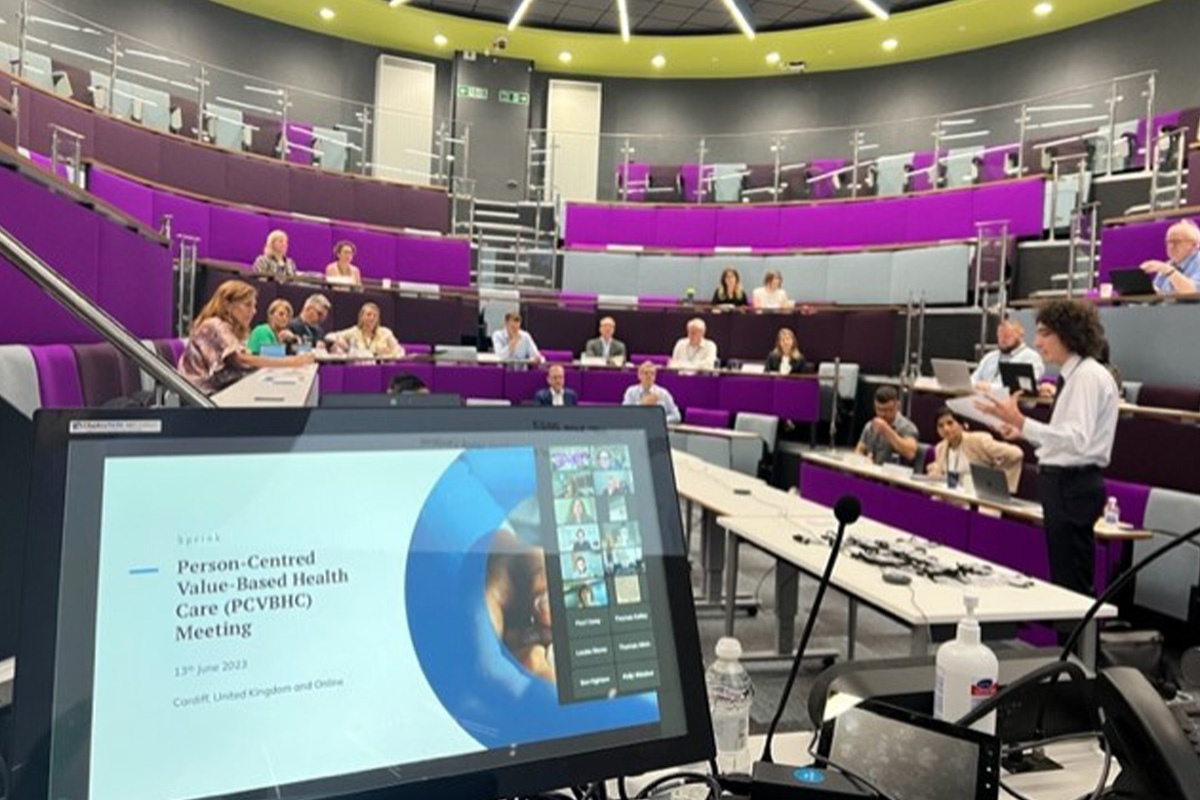As a champion for the role of medical technology in improving patient outcomes, I have spent a lot of time wondering why change is so hard in healthcare, and why some of the best technologies take decades to reach the majority of people who would benefit from them. Perhaps conservatism and caution are inevitable consequences of a profession responsible for peoples’ health and well-being. Good evidence is a necessary element of moving from one way of dealing with a medical condition to another. Evidence of risk and benefit need to be appropriately balanced and applied to individuals and populations.
When I was co-secretariat for the Healthcare Industries Task Force (with the UK Department of Health) in the early 1990s in the UK, I was aware that both government and industry were motivated to seek better ways to assess and accelerate the adoption of technologies that addressed well-defined clinical needs. Yet repeated initiatives by governments and health systems across the world have failed to develop mechanisms to speed up the adoption of technologies that improve peoples’ lives.
Now, I wonder whether the real challenge is less about the evidence that supports the efficacy of new devices and drugs, and more about the difficulty in redesigning and implementing changes to care pathways enabled by these new technologies? I suspect that it may be. Inertia is caused by a combination of a lack of appropriate incentives (or failure to address perverse incentives) and the sheer number of moving parts in a patient pathway that needs to be changed. It is easy to understand why people either give up or seek very slow incremental changes that gradually get them where they want to get. Meanwhile, large cohorts of patients are missing out on better outcomes and ways of interacting with healthcare systems that better suit their needs.
Person-Centred Value-Based Health Care (PCVBHC) offers solutions to address the slow adoption issue because it takes a holistic view of both the patient and system benefits of adopting new care pathways, as well as the practical nuts and bolts of implementing it. Central to this thesis is that people and patients are at the centre of the delivery of their care and not recipients of care based on a set of assumed needs. Co-designing care pathways and finding mechanisms to grow patient understanding of the impact of their own and others’ roles in the process could substantially contribute to removing blockers that slow the adoption of innovation. When PCVBHC is done well, patients become the drivers and facilitators of change rather than passive recipients.
Market access costs and timelines are linked and perennial concerns of industry. Manufacturers of high-impact technologies should look seriously at PCVBHC as it offers them the opportunity to develop more meaningful engagement with patients and use those insights to co-develop new care pathways and mechanisms to accelerate adoption. All of this is achieved through collaboration with clinicians, provider systems and the beneficiaries of this investment and effort: patients.
At the core of PCVBHC is the reconciling the needs of the individual and a health system’s – and they need not be at odds with each other. On the contrary, they can often be complementary, but it does need stakeholder engagement in a collaborative spirit and a move away from the often contradictory goals that can be baked into the way that health systems work and manage their budgets. Innovative companies can help provide insights and contribute to building models for more effective adoption that better serve patients while addressing system-wide concerns about efficiency, equity and impact.
If you are interested in learning more about this work or would like to discuss future opportunities to get involved in the Global Centre for PCVBHC, please get in touch with Andrea Srur, Associate Director, Global Centre for PCVBHC: a.srur@sprink.co.uk
You can also download the 2021 Person-Centred Value-Based Health Care Report here: https://www.sprink.co.uk/pcvbhc-report/




